
Travel guide in Hoi An, the ancient town and its surroundings 2019
- on Oct 1, 2019 By: Ngoc Nguyen
Located on the banks of the Thu Bon River, Hoi An was one of the busiest ports in Southeast Asia during the 17th and 18th centuries. Called Faifo at the time by the French, the place was frequented by Chinese, Japanese, Portuguese, Dutch and other merchant ships. This makes it an unparalleled multicultural meeting spot that reveals many architectural heritages, religious and culinary customs.
Known as the city of lanterns and a favorite city for many travelers, Hoi An keeps its charm of yesteryear that cannot be found anywhere else. The city was classified as a cultural heritage in 1999 by UNESCO for its exceptional material and immaterial heritage.
Hoi An Guide
Found downstream from the Thu Bon River, Hoi An is a small coastal town in the central province of Quang Nam, 28 kilometers from the southern city of Da Nang. It is 797 kilometers from Hanoi in the north and 849 kilometers from Ho Chi Minh City in the south.
Hoi An has two distinct seasons, the dry season and the rainy season.
- From January to July, it is the dry season so the months between February and April are the best time to visit Hoi An because of the perfect weather.
- From August to December, it’s the rainy season. The heaviest rainfall happens between October and November and there is a constant risk of flooding.
There are three types of ways to reach Hoi An from Hanoi and Ho Chi Minh City, they are plane, train and bus.
By plane
Normally you take the Ho Chi Minh City/Hanoi – Da Nang flight and then go to Hoi An by bus or taxi.
The flight time for Da Nang is approximately one hour. The ticket price varies between 400,000 - 1,600,000 VND/one way.
- Taxi Da Nang - Hoi An: the fee varies between 350,000 - 450,000 VND depending on the company, and is around 45 - 55 minutes’ drive time.
- Bus Da Nang - Hoi An, bus No 1: 25,000 VND/person.
By train
Journey via Da Nang:
The Saigon/Hanoi – Da Nang train takes between 15 - 20 hours and the price varies between 230,000 - 2,200,000 VND, depending on the class of the seat.
Direct route:
- Alternatively, opt for a direct train from Hanoi to Tra Kieu Station/Tam Ky Station (Quang Nam) which costs between VND 470,000 and 760,000.
- The price for Ho Chi Minh City - Tra Kieu/Tam Ky train is between 360,000 and 800,000 VND.
By bus
For the direct journey of Ho Chi Minh City/Hanoi - Hoi An, the price varies between 320 000 - 480 000 VND. Bus Operators: Hanh Cafe, Thien An, The Sinh Tourist…
Many possibilities are available to you, taxi, bus, moto-taxi, rickshaw, motorcyle and bicycle.
Motorbike rental costs between 120,000 – 150,000 VND per day and 30,000 VND per day for a bicycle.
Hoi An ancient town
Stroll along the timeless alleyways where the houses, which do not exceed two floors, have remained intact for four centuries. Mossy houses, common houses, ancestral homes, temples, pagodas, bridges, wells... All highlight an architectural marriage between traditional style and Chinese, Japanese and Western influences.
Soak up the romantic atmosphere of Hoi An by going there on the 14th day of the lunar month. A mysterious night, Hoi An invites you to an unusual walk amongst thousands of colorful lanterns. A friendly and poetic rendezvous in the heart of the old town along the banks of the Hoai River is a delight for any trip, whether you’re alone, with family or with friends.
>> Read more: Top 7 things to do in Hoi An
Japanese covered bridge
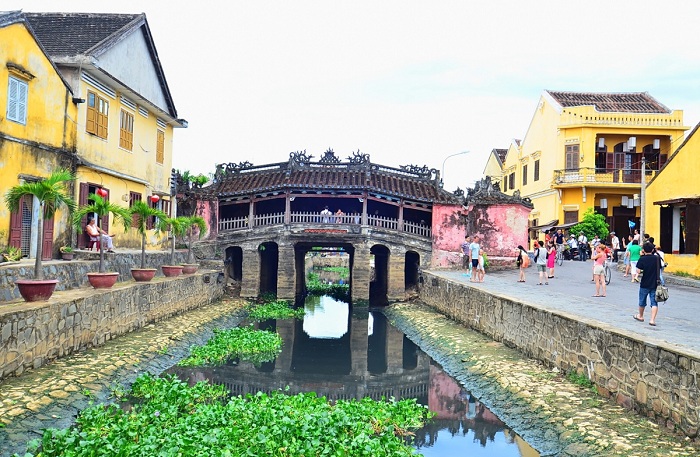
Dating back to the beginning of the 17th century, this bridge is the largest symbol of the old city, a must-see in Hoi An. The charm of this covered bridge is its original architecture combining traditional Japanese and Chinese styles. Linking Tran Phu Street and Nguyen Thi Minh Khai Street, this old architecture was once both a sacred temple and a meeting place for villagers.
Not to mention other old sanctuaries found on Tran Phu and Nguyen Thi Minh Khai Street, such as Quan Cong Temple, Duong Minh Huong Temple and Cam Pho Temple, all of which are historic sites with remarkable architecture.
>> Read more: The Japanese covered bridge: a timeless symbol of the Hoi An old town
Museums of Hoi An
Hoi An Museum of History and Culture (7 Nguyen Hue Street)
More than 400 images and documents depict a panorama of the historical periods of Hoi An ancient town.
Museum of Trade Ceramics (80 Tran Phu Street)
You can admire nearly 300 ceramic objects from the 9th and 19th centuries representative of cultural and commercial exchanges between Hoi An and other regions of China, India, Japan and Thailand.
Sa Huynh Culture Museum (149 Tran Phu Street)
Its collections of more than a thousand objects present a unique exhibition in Vietnam with the incomparable richness on the culture of Sa Huynh going back 2.000 years. This trip allows visitors to understand a little more about the explorers of Hoi An port city.
Museum of Folk Culture (33 Nguyen Thai Hoc Street)
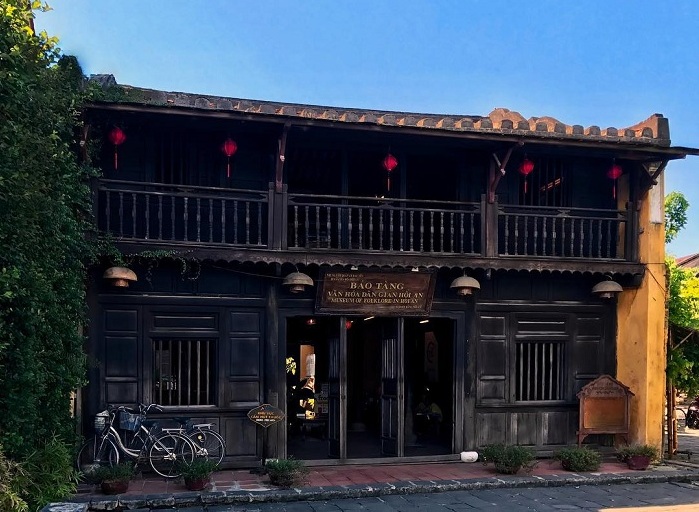
This museum is a must-see place to discover a wonderful, intangible heritage enriched by the folk craftsmen of Hoi An over many centuries. With 480 different objects, five subjects are organised - popular arts, traditional crafts, craft villages, cultural mores and traditional customs of Hoi An.
Hoi An's Ancient Houses: Tan Ky, Duc An, Quan Thang and Phung Hung

Around 200 years old, these yin and yang roof dwellings, which are mainly built of wood, stand out for their remarkable architecture combining traditional Japanese and Chinese styles. The house is both a residence and a commercial area where generations of a family live together.
Other old buildings of a traditional taste are also worth visiting, namely the houses of worship of the ancestors of the families of Tran and Nguyen Tuong.
Assembly halls of Chinese Communities (Hoi quan)
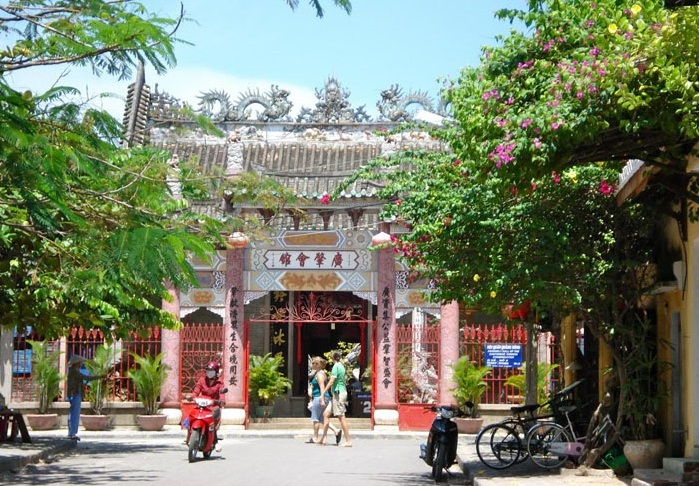
Built between the 17th and 19th century, these religious monuments are closely linked to the spiritual life of the fishermen of the ancient port city. You will be impressed with an architecture rich in refined ornaments of wood and ceramics. As a meeting place for the Chinese community in Hoi An, it gives a condensed impression of Fujian, Canton and Chaozhou.
>> Read more: 5 Assembly Halls of Chinese Communities in Hoi An
Hoi An night market
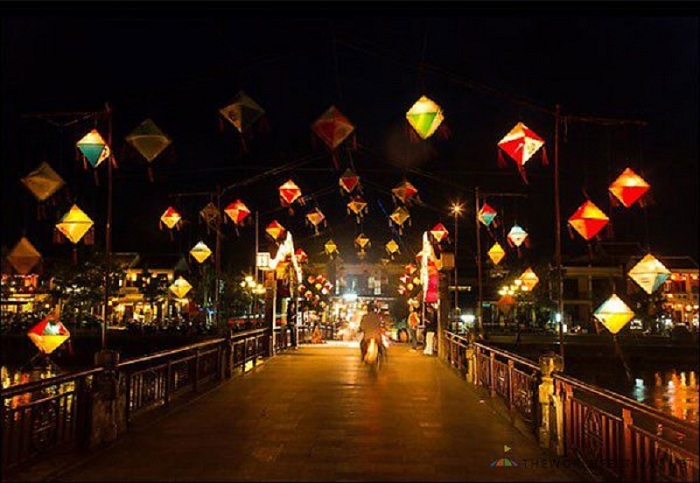
Located on the banks of the Hoai River, the Hoi An Night Market is open from 6pm to 11pm every day to the delight of residents and visitors alike. This is an opportunity to immerse yourself in an atmosphere both magical and relaxing along the Nguyen Hoang Street, opposite the Japanese covered bridge. In a magical forest of lanterns, there are souvenir stalls, street cooking and popular games intertwine, which will give you moments you’ll never forget.
Places around Hoi An
Traditional villages
If downtown Hoi An amazes you as a rare architectural gem, its surroundings too cannot be left out. Let’s discover the traditional craft villages of Thanh Ha, Kim Bong and Tra Que to enjoy authentic encounters with pot makers, sculptors and gardeners...
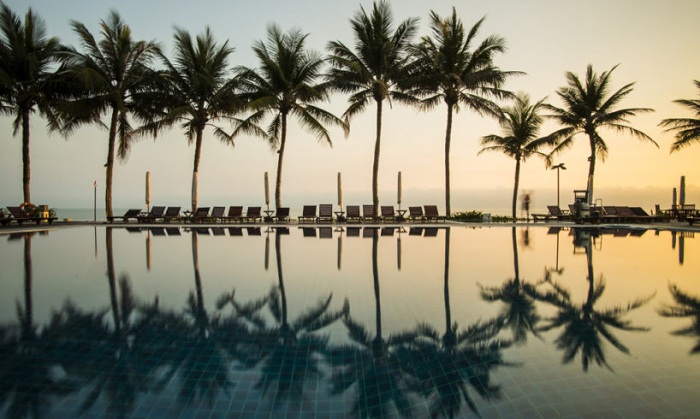
Beaches of Hoi An
If you have long hours of idleness under the sun in mind, the beaches of Hoi An, located not far from the city will delight you completely. These include An Bang (3km), Cua Dai (5km) and especially Ha My (7km) - one of the most beautiful beaches in Asia, which is among the most popular in the country. A small paradise of seaside holidays await you in this magical area.
Cu Lao Cham or the Cham Islands
25 minutes by speed boat from the city, the eight islets of Cu Lao Cham, a world biosphere recognized by UNESCO, will be something to delight fans of water sports.
Recently acclaimed as the new gastronomic capital of Vietnam, Hoi An has everything to make you spend a tireless gourmet stay. Chicken rice, Cao Lau noodles, ravioli stuffed with shrimp and pork, Vietnamese sandwiches or banh mi... and many other popular dishes from Hoi An will surely make you hungry.
>> Read more: Top 10 best places for a gourmet tour in Hoi An
Any type of accommodation is available at Hoi An and can be found in three major parts:
All articles need to see before leaving
>> Hoi An: A timeless town in the heart of Central Vietnam
>> Hoi An night markets: a must-see in the old city
>> Which hotels to stay at in Hoi An?
>> The Japanese covered bridge: a timeless symbol of the Hoi An old town
>> Top 10 best places for a gourmet tour in Hoi An
>> 5 Assembly Halls of Chinese Communities in Hoi An
>> How to transfer from Hanoi and Saigon to Hoi An?
>> Museums must visit in Hoi An
>> Thu Bon River, a trip in time
>> Phung Hung ancient house: a must visit destination in Hoi An
>> The Opening of the Hoi An museum of traditional medicine
>> My Son Sanctuary: A treasure of the Champa kingdom around Hoi An
>> Cam Thanh village, a green oasis of Hoi An
>> Cooking class in Hoi An: an indispensable activity when traveling to Vietnam
>> Phuc Kien temple or the Fujian Assembly Hall in Hoi An
>> Lantern making in Hoi An: a preserved tradition in this charming city
>> Chaozhou Hall: A place to visit in Hoi An
>> Tra Que Vegetable Village, destination of choice in Hoi An
>> Top 7 things to do in Hoi An
>> How to spend three days in Hoi An?
>> Get to Hoi An while travelling in Vietnam
>> Visit Hoi An and visit Tan Ky ancient House
>> Best coffee shops in Hoi An
>> Hoi An among top 25 best destinations in the world
>> Visit Terra-cotta Park Hoi An during your trip to Vietnam
>> Hoi An carpentry village (Kim Bong)
Have a good trip!
Comment
Other Blog
Categories
Latest News
on 31 Dec, 2025
on 31 Dec, 2025
 Español
Español Français
Français






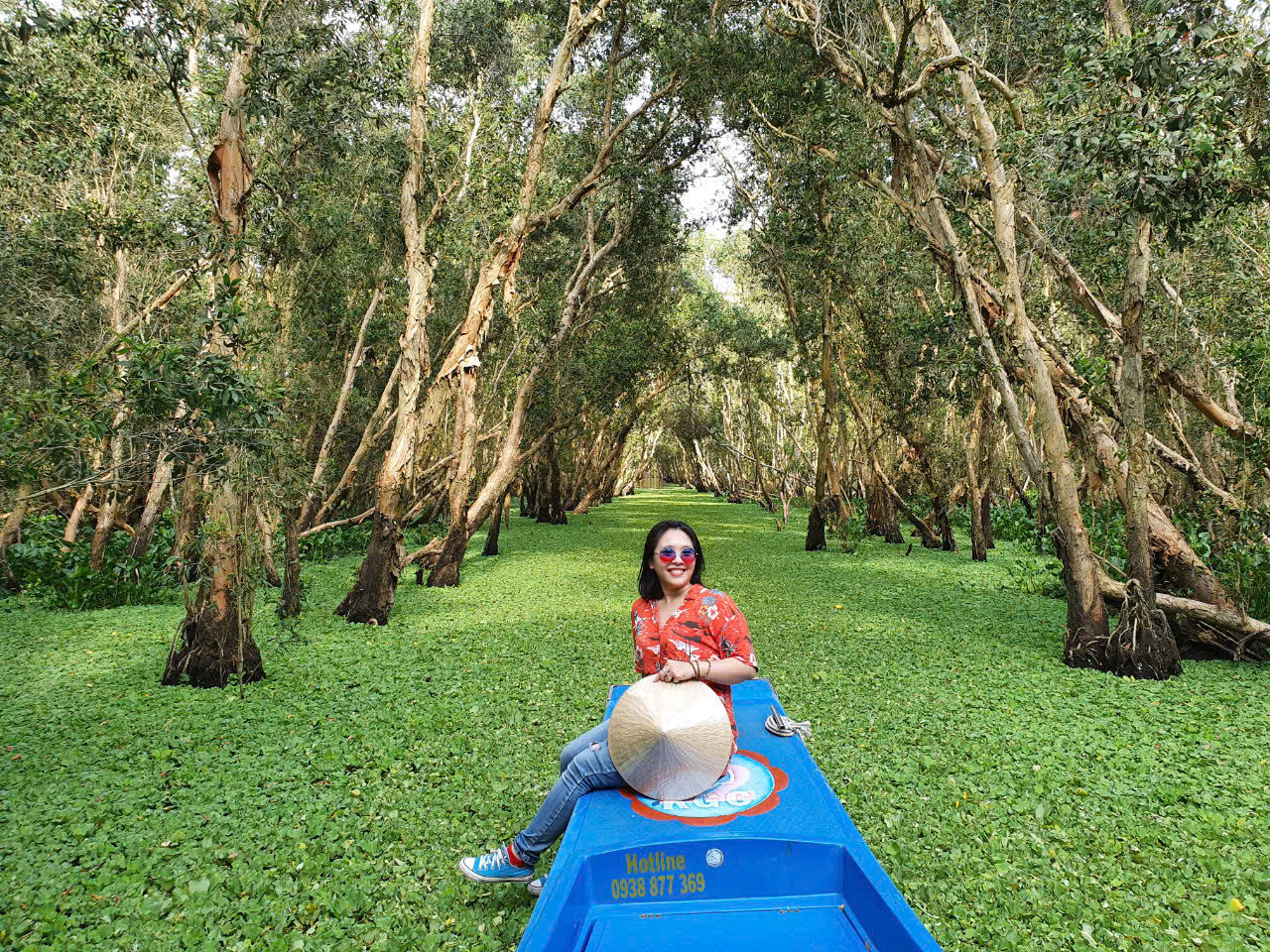


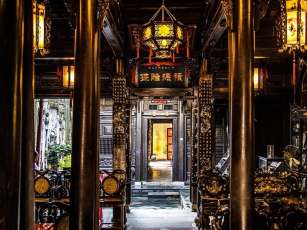


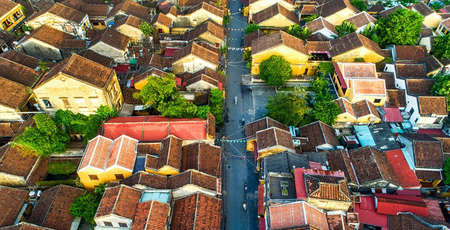







Morgane Ter Cock
on Dec 18, 2025HerbertPhomaMS
on Oct 19, 2025Lilyan Cuttler
on Oct 15, 2025Avenue17XC
on Sep 14, 2025Avenue18JL
on Jul 21, 2025